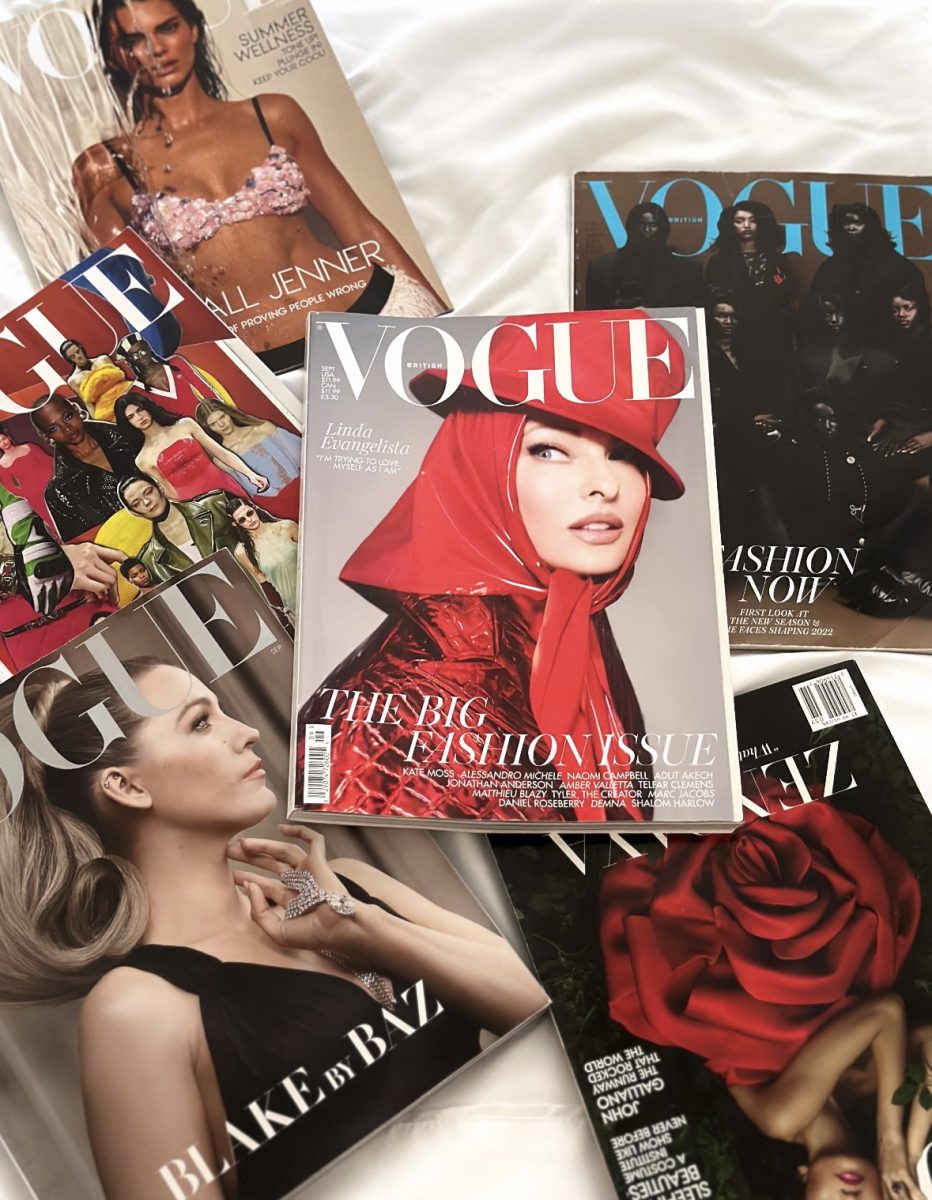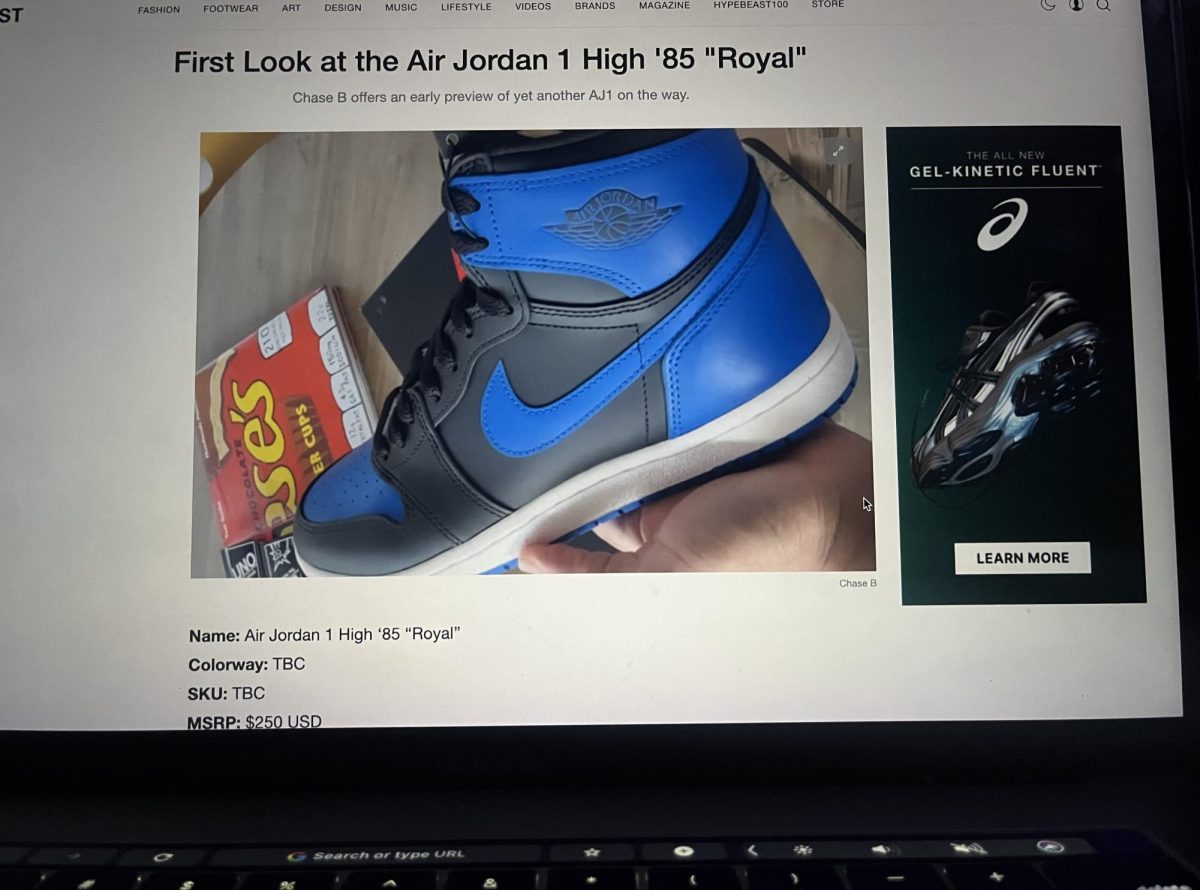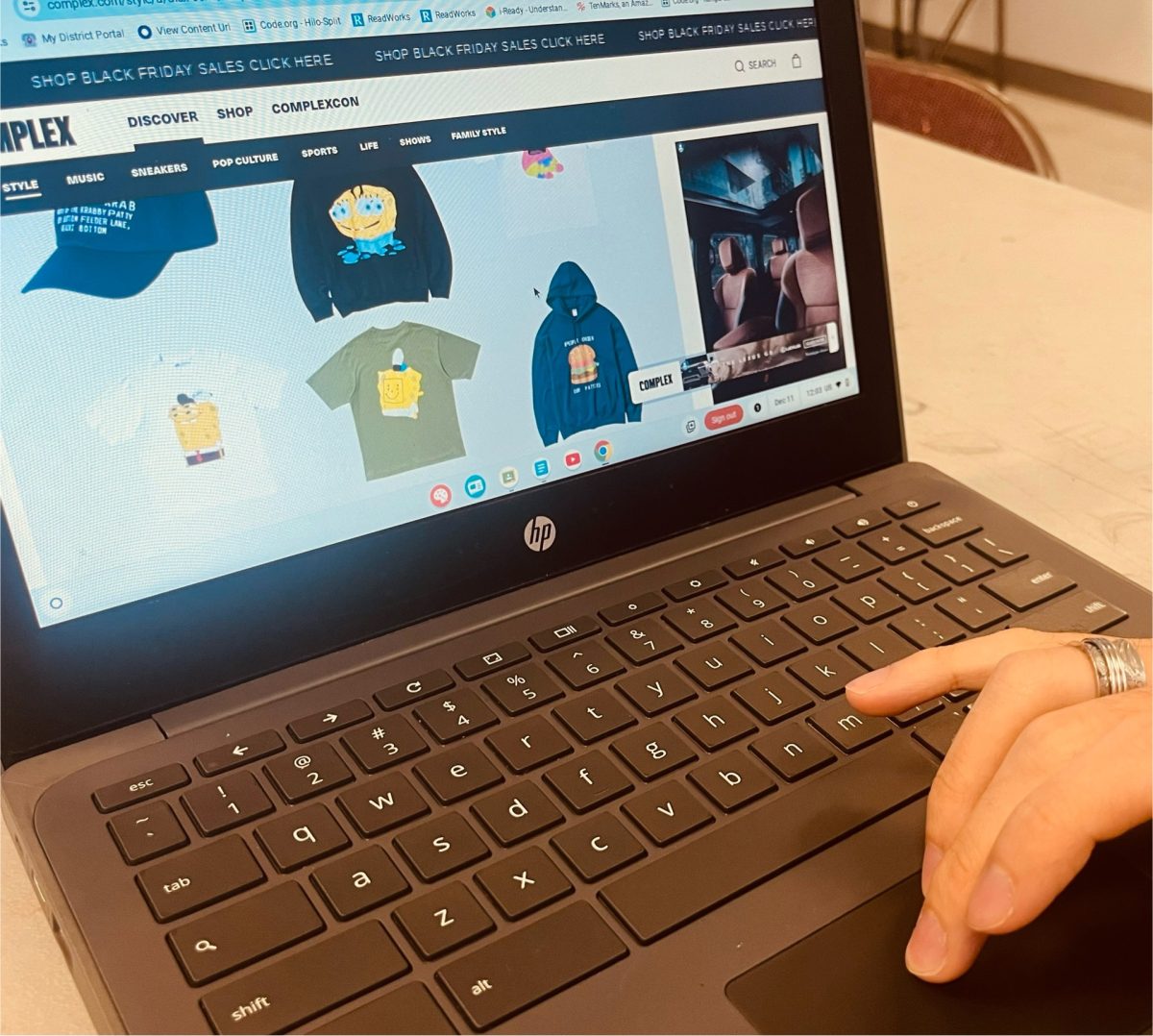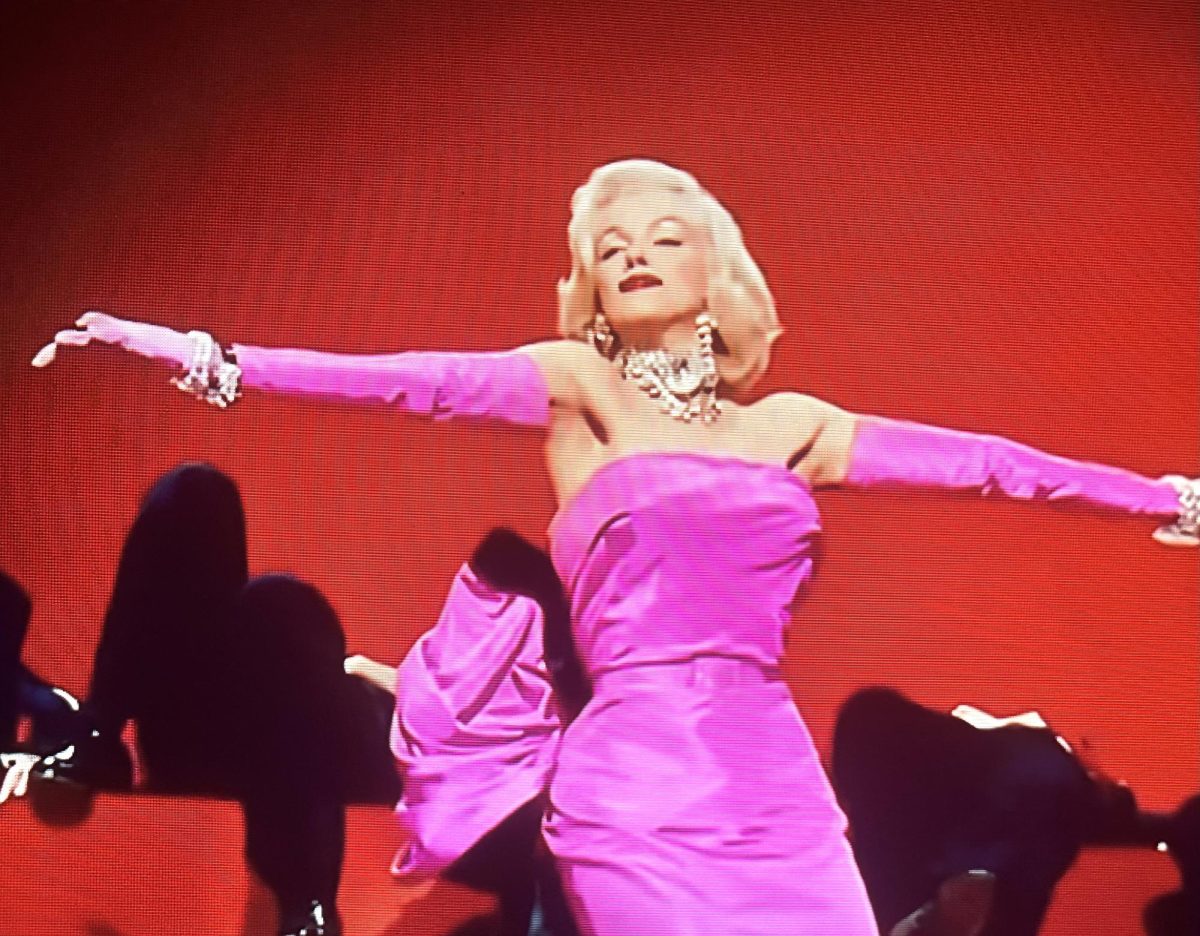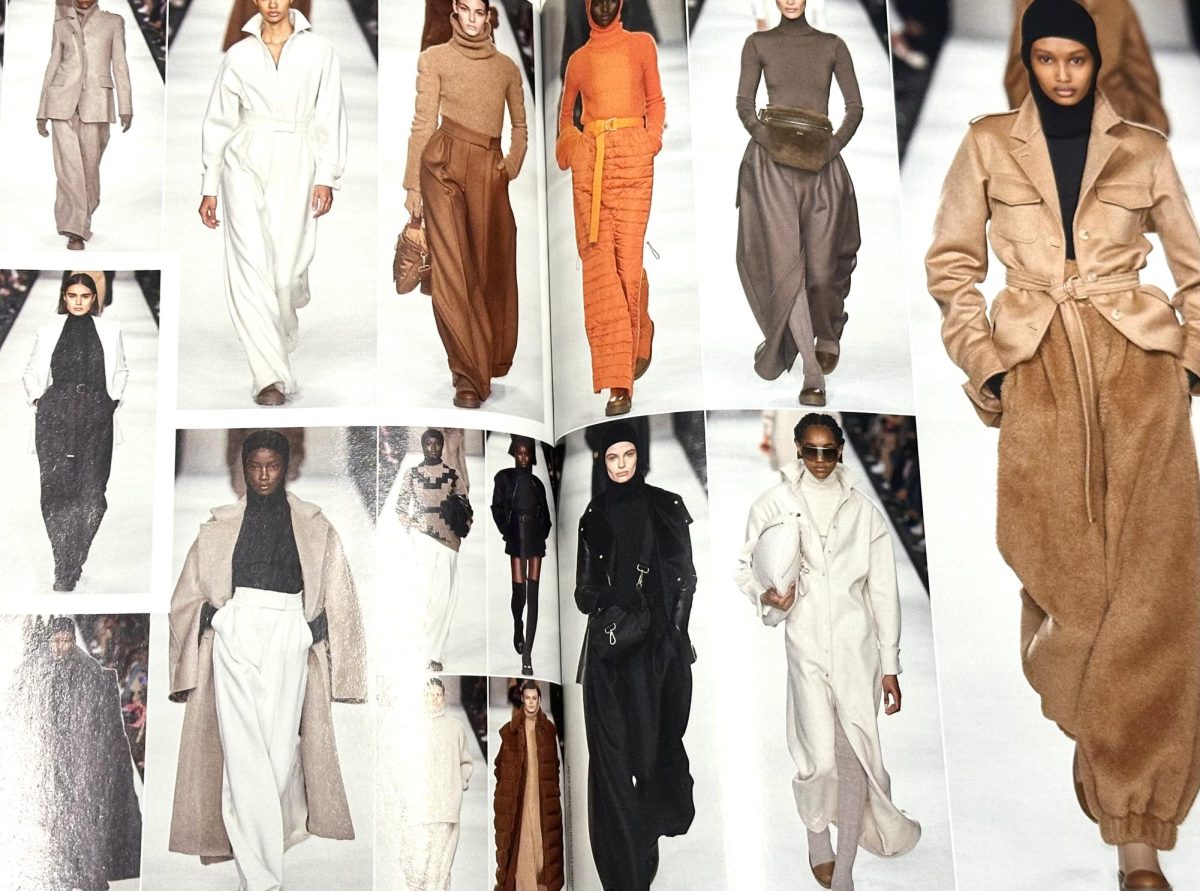For years, print magazines like Vogue, Elle and Harper’s Bazaar shaped the discourse surrounding fashion and had a direct impact on trends, engaging readers with thought provoking articles and glossy spreads. But, as digital media began to rise in the early 21st century, slowly, the reign of print magazines began to fall. Instead of looking towards the opinions given from writers working for exclusive magazines, now many people look to social media sites and influencers for any insight when it comes to trends in or outside of fashion and beauty . Because of this, many magazines are struggling to keep up, with some even being forced to go completely digital,
Prior to the Internet taking such a large hold on society, magazines were one of the main sources to find fashion and beauty inspiration, along with celebrity news. Readers could get insight on various topics regarding fashion and beauty from, which at the time, were considered the authorities on fashion. However, with the arrival of websites like Facebook and Myspace, the power that fashion magazines once held began to shift. Now with the Internet as a platform, individuals now had the power to create and shape trends in fashion and beauty. Fashion Magazines no longer were seen as the authoritative powers that set trends and decided what was “in” or “out” for the season. Instead, influencers and other fashion focused creators began to set trends, and more and more people continue to base looks not on what Vogue says, but what an influencer might say on Tiktok.
Many fashion publications have tried to combat this, with some coming out with both digital and physical issues, with various degrees of success. New York Magazine’s digital issues have seen much success, with many even sparking talking points throughout social media. But, other magazines don’t seem to be having the same amount of success. Teen Vogue, a sister publication to Vogue Magazine, went completely digital after December of 2017 due to a round of cost cuts due to a steep decrease in sales.
As the landscape of fashion continues to change and evolve, it is clear that print magazines have to adapt or risk becoming non-existent. The fashion industry’s shift to a model that gets its trends not from the brands or journalists, but from the consumer, takes more and more power and influence away from fashion magazines. As the industry continue to look towards the future, it is more important than ever for print magazines to continue to reinvent and change if they want a chance at remaining a meaningful and integral part of the fashion industry.


